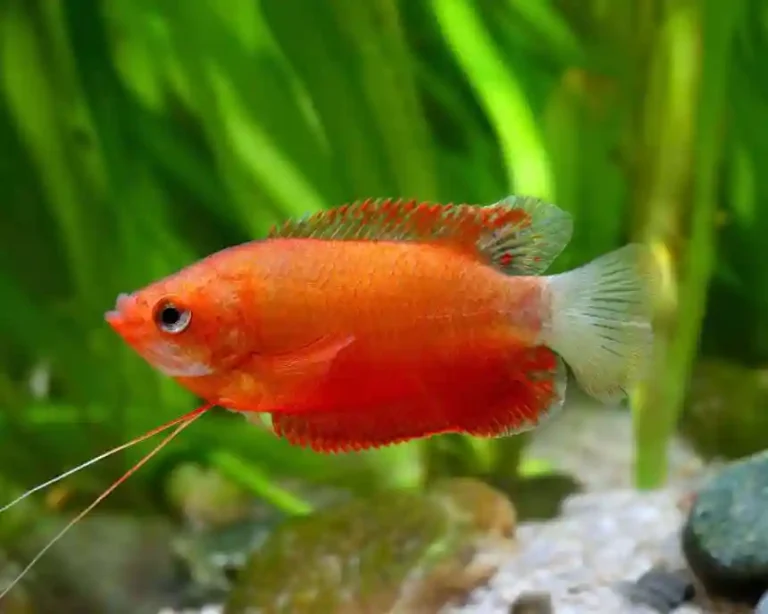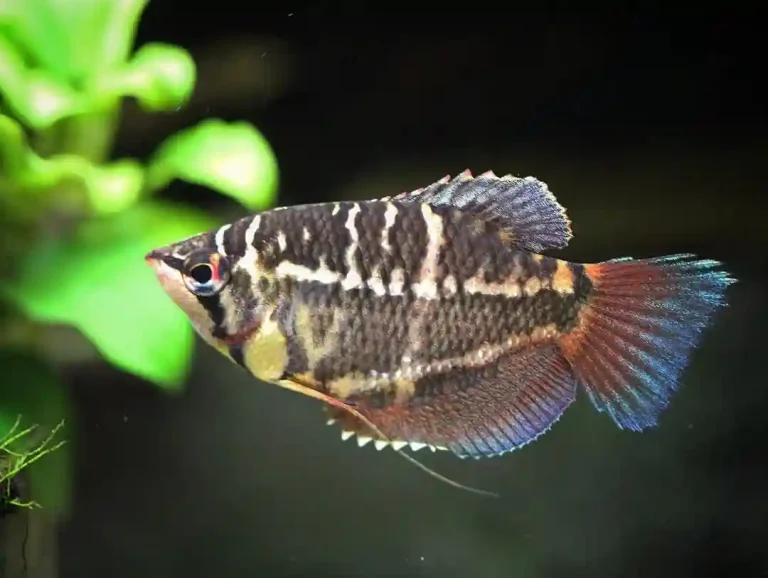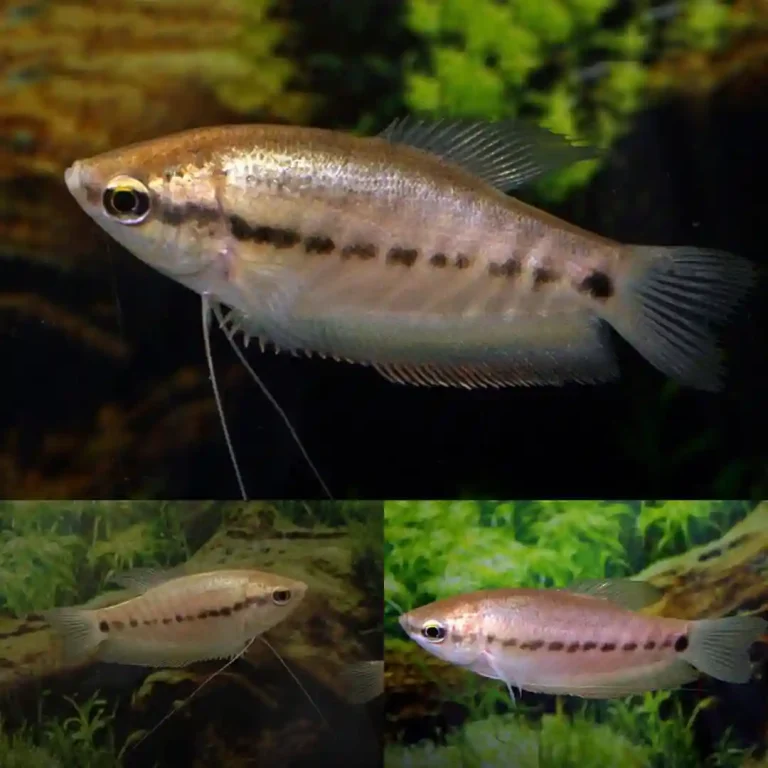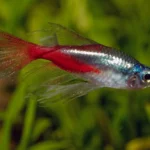Clown Loaches are among the most engaging freshwater fish, easily recognized by their bright orange bodies with bold black stripes. Known for their playful behavior and peaceful nature, these social bottom dwellers are a favorite among aquarists. When given proper care and space, Clown Loaches can live over a decade, growing into active companions full of personality.
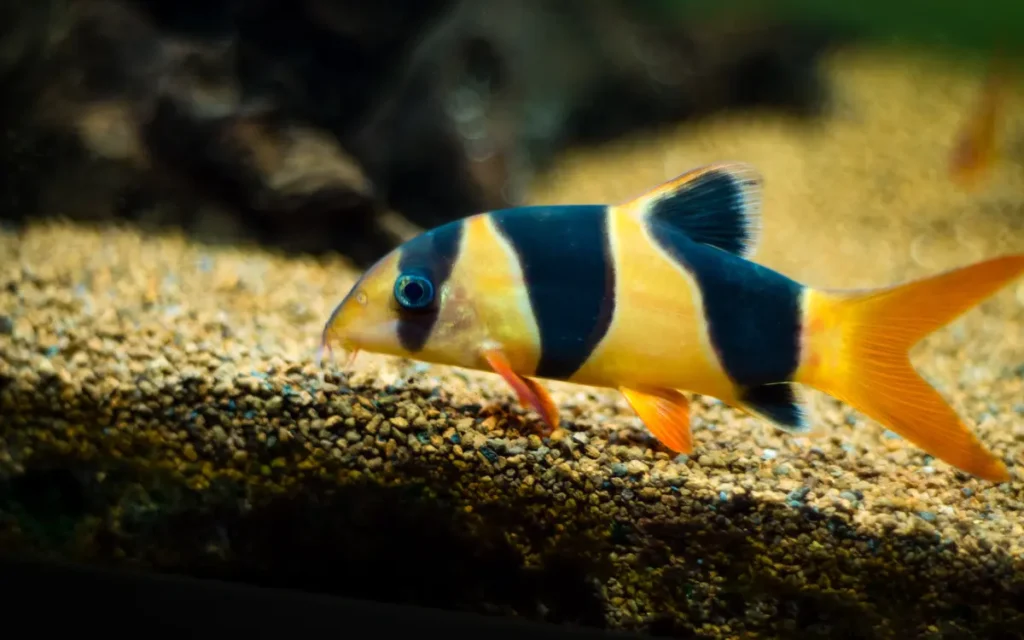
Clown Loach Species Profile
| Attribute | Details |
| Family | Cobitidae |
| Temperament | Peaceful, active, social |
| Minimum Tank Size | 75 gallons |
| Lifespan | 10–15 years |
| Diet | Omnivore: flakes, pellets, live/frozen foods |
| Size | Up to 12 inches |
| Compatibility | Great with other peaceful community fish |
Ideal Tank Setup for Clown Loaches
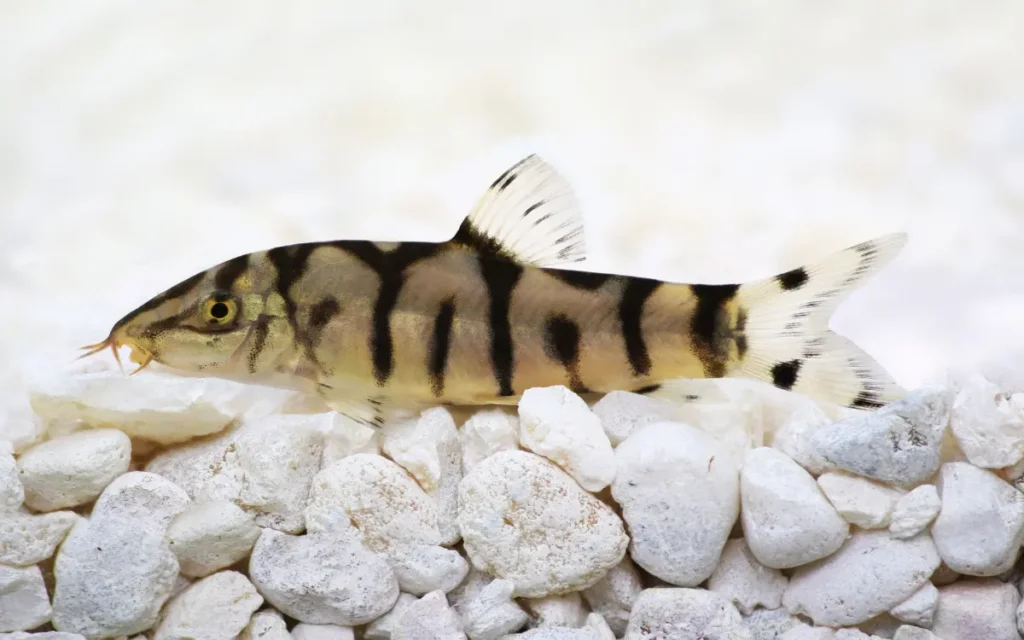
Feeding Clown Loaches
Clown Loaches are omnivorous and have a healthy appetite. Provide a variety of foods to support their energy and vibrant coloration.
Start with high-quality sinking pellets or flakes as the base of their diet. Supplement with live or frozen foods such as brine shrimp, bloodworms, and daphnia several times per week. Offer blanched vegetables like zucchini, spinach, and cucumber occasionally for fiber and enrichment.
Feed them two to three small meals daily, ensuring all food is eaten within 2–3 minutes. Because they are most active during the evening, consider offering one meal after the lights go out to mimic natural behavior.
Breeding Clown Loaches in Captivity
Breeding Clown Loaches is challenging but possible under the right conditions. A dedicated breeding tank of 100 gallons or more is recommended. Include soft sand, smooth rocks, and ample hiding places.
Keep water temperature between 77–86°F and pH slightly acidic (6.0–7.0). Condition breeding groups with live or frozen foods. To mimic the rainy season, gradually lower the tank temperature over a few days and then slowly raise it back up.
When a female lays eggs, transfer them to a separate tank to protect them from being eaten. Fry will hatch within a few days and should be fed infusoria or liquid fry food at first. As they grow, transition to baby brine shrimp and finely crushed flakes.
Compatible Tank Mates
Clown Loaches are peaceful and social, making them ideal for community tanks. Always keep them in groups of 5 or more to avoid stress and encourage natural behavior.
Recommended Tank Mates Include:
- Tetras (larger, peaceful species)
- Gouramis
- Barbs (kept in large groups to reduce nipping)
- Rainbowfish
- Corydoras
- Plecos
- Angelfish (in spacious tanks)
Avoid aggressive or overly small fish that may be seen as food or become targets of bullying.
Frequently Asked Questions
Do Clown Loaches have teeth?
Yes, they have small pharyngeal teeth in their throat used for crushing food.
Can Clown Loaches eat cucumber?
Yes, blanched cucumber is a safe and nutritious treat they enjoy.
Can I keep just one Clown Loach?
No, they are highly social and should be kept in groups of at least 5 to thrive.
Will Clown Loaches eat smaller fish?
They might, especially if the other fish are tiny and easy to catch.

